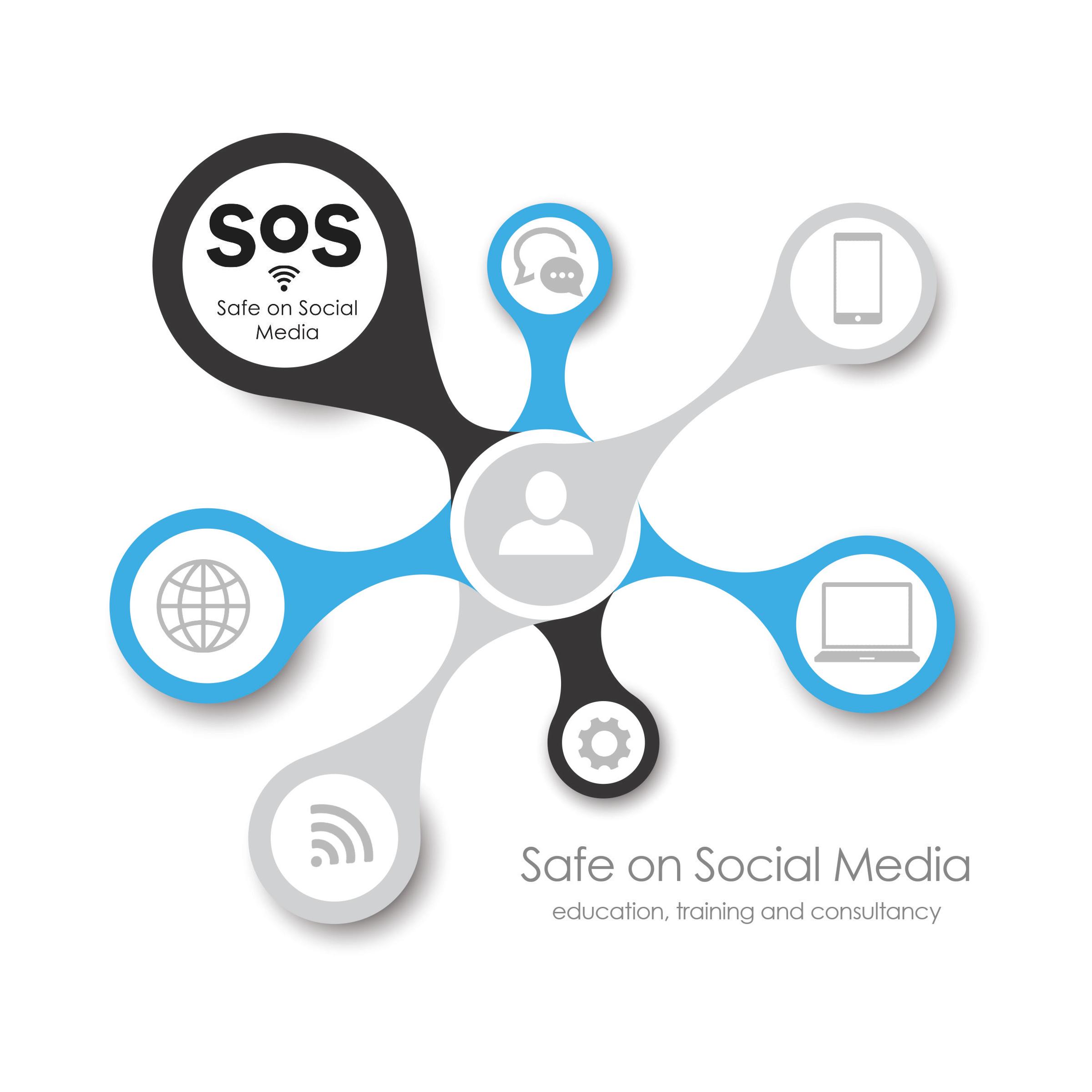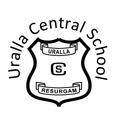Safe On Social Media

Safe On Social Media
Hopefully, our community is aware that during Term 2 all staff participated in training around the use of social media; that all students from Year 4 to Academy II participated in learning sessions and that we hosted an information evening for our parents and community. Since these events we have established an ongoing relationship with Kirra Pendergast at Safe On Social Media and we will now regularly place information and alerts in our newsletter around safe social media use. As always if you have any questions please contact the school.
Snapchat 'My eyes only' Social Engineering Risk
This week has seen releases from both NSW Crime Stoppers and the Office of the esafety Commissioner regarding Snapchat, and compromised accounts.
Both warnings pertain to Snapchats Memories features, where content can be stored on devices and accessed using passwords by the account holder. Within the Memories features, is a particular section called My Eyes-Only that is additionally protected by four-digit pin.
Students have been sharing passwords with friends, both in real life and online, enabling others to access these secure Memories - which are often explicit, and potentially very embarrassing when shared to a wider audience.
The girls involved seem to have provided their password information to essentially unknown online friends, and the result has been the unauthorized access of their accounts, sharing of these personal images in other arenas, and the making of additional threats to share more of the same should they not provide the pin number to their secret stash of dubious images found in My Eyes-Only.
This was reported by the Daily Mail as an incidence of hacking- but this has been defined as social engineering by the safety commissioner. Hacking or “my account was hacked” is often an excuse used by account holders who have shared their confidential passwords online, to detract from their mistakes and not accept responsibility for their error.
Social engineering can briefly be defined as manipulating individuals into sharing confidential information, and using peer pressure deception and threats to coerce someone into performing an action against their will.
Advice:
Social engineering can be prevented by:
Choosing strong passwords or PIN numbers and never sharing them with anyone (even friends and family). Change passwords at least every 90days and don’t use the same passwords for everything. Where possible use two factor authentication (something you have and something you know) this service is offered by most major platforms and is often referred to as a code generator.
Always check the email address when you receive an email that asks for you password, PIN or to update your account details with them. By hovering over or right clicking on the email you can see where it came and if it is suspicious it will be an address totally unrelated to the one it is claiming to be coming from or it will contain a typo.
If you or someone you know has been the victim of social engineering, and your social media account or images have been accessed without your permission, follow these steps:
1. Firstly, always report to the social media site that it happened on.
2. If you do not get a response within 48hrs or you receive a message from the social media site saying that it doesn’t breach community standards, or it is cyberbullying targeted at a young person under 18, or intimate images/videos shared without your consent you can report it immediately to www.esafety.gov.au
This is an excellent time to remind young people to never share confidential information with anyone, to use strong passwords, and enable the two factor-authentication features where possible on all social media accounts.
It is also important to elaborate on the consequences of both taking, and storing images that could prove embarrassing later without sufficient security on a social media account.
The internet is forever.
Don't say anything online that you wouldn't want plastered on a billboard with your face on it.
Erin Bury
How to report Cyber-Bullying
Statistics say that one in five Australian children aged 8 to 17yrs have been the target of cyber-bullying in the last year. Most social media networks have rules banning cyber-bullying and have complaints tools for reporting.
Firstly, take screenshots so you have evidence.
Then report and block the bully on whatever social media app is being used. Some social media sites can take up to 48hrs to remove the reported post but you MUST report through these channels before reporting to to The Office of the Children’s eSafety Commissioner.
Report it to The Office of the Children’s eSafety Commissioner by filling in the online complaints form at esafety.gov.au if the site does not act in 48hrs.
If the bullying is threatening someone’s life or involves child pornography immediately contact your local police station.
Everything you post on social media impacts your personal brand. How do you want to be known?
The Publicity Gal
